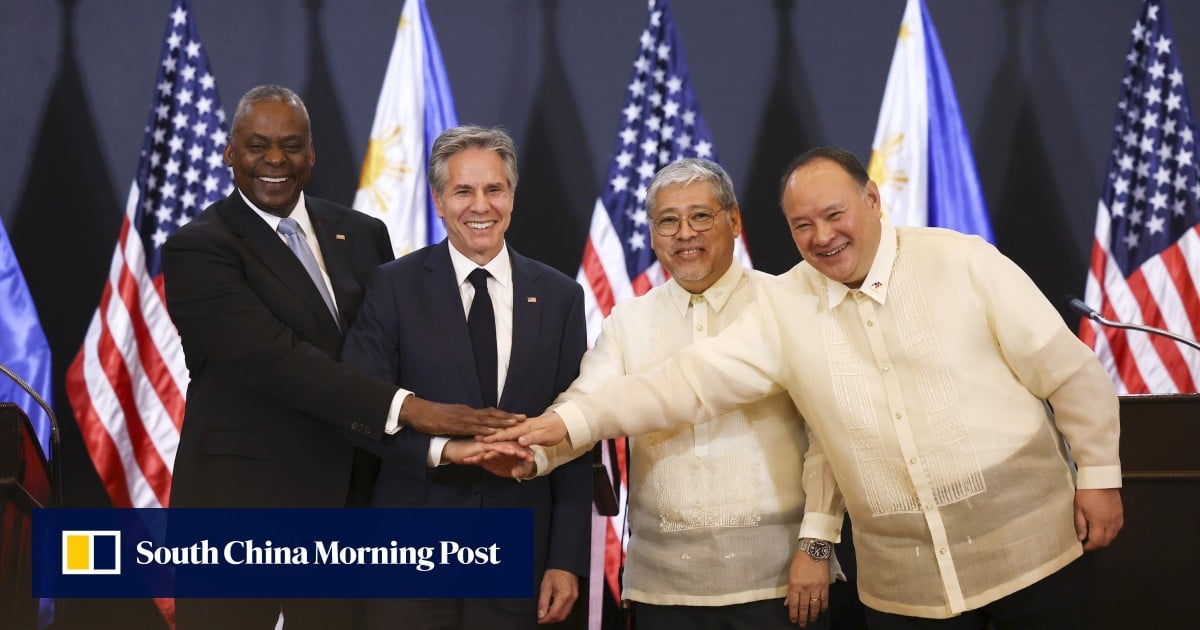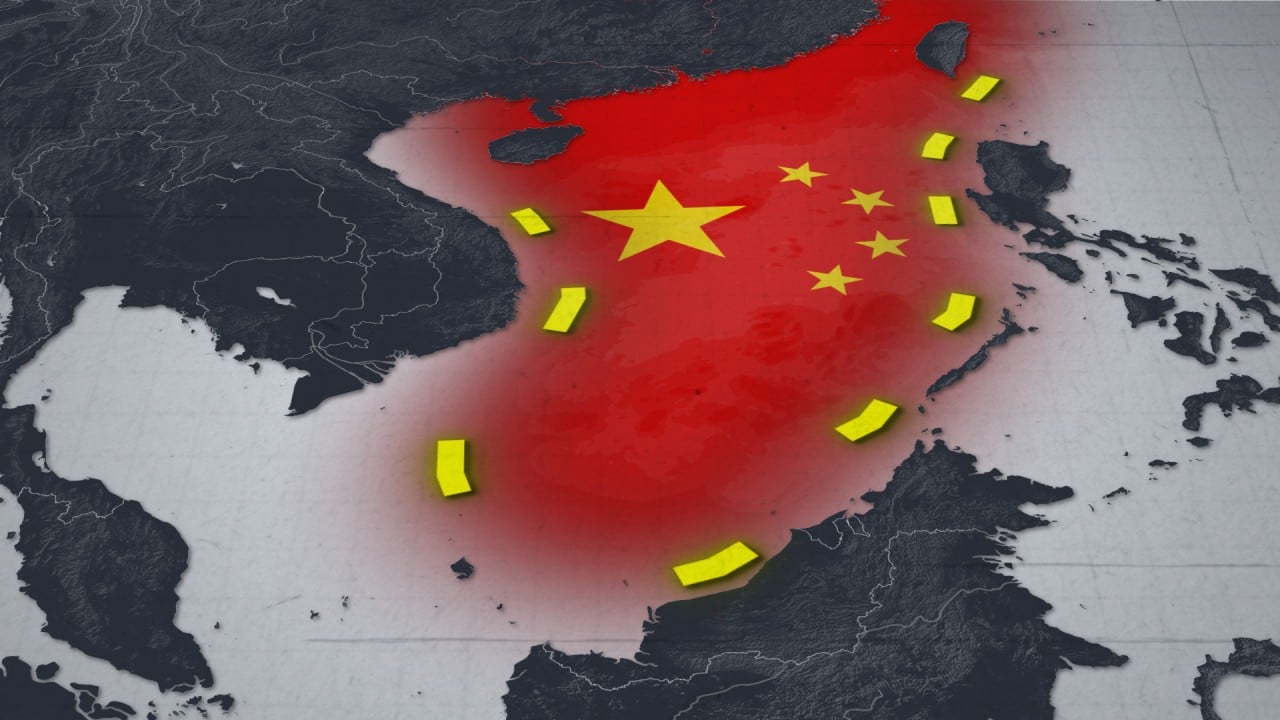Blinken told a joint news conference after the meeting that the money would be used to “boost security collaboration with our oldest treaty ally in this region” and help modernise the Philippine armed forces and coastguard.
Asked by reporters how Manila would spend the funds, President Ferdinand Marcos Jnr’s defence secretary, Gilbert Teodoro Jnr, said the priorities of both countries would be outlined in a new bilateral security road map.
“Naturally, a lot of our inherent hardening capabilities are included, like cyber capabilities and the like. These and all Enhanced Defence Cooperation Agreement [EDCA] investments will serve to secure the Philippines’ credible deterrent posture,” Teodoro said.
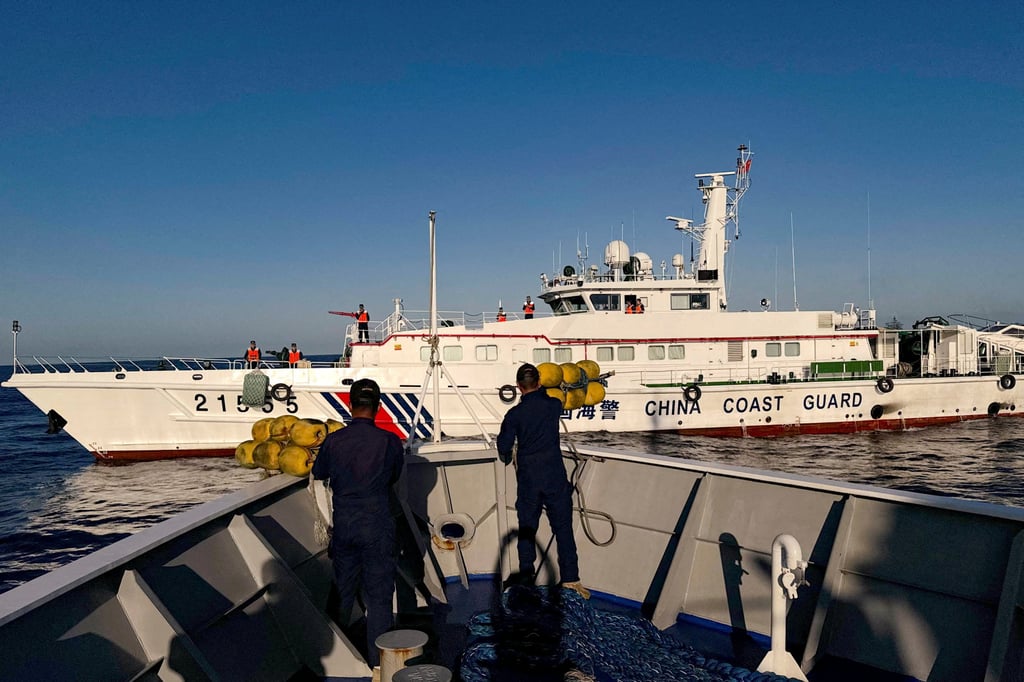
First signed in 2014, the EDCA allows the US to rotate troops into the Philippines for extended stays and operate facilities in Philippine bases. In February 2023, Marcos Jnr increased the number of EDCA designated bases to nine.
Around US$128 million of the funds would go towards EDCA infrastructure projects, including boosting disaster relief response measures, according to Blinken.
Teodoro said: “Every peso or dollar spent on hardening Philippine capabilities to defend itself and to deter unlawful aggression will be a plus against any threat actor, whether it be China or anyone. So the EDCA investments are not only solely for defence purposes but are also for civil defence purposes, like humanitarian assistance and disaster response.”
The latest American commitment is a reflection of the close military ties between the Philippines and the US, underpinned by their 1951 Mutual Defence Treaty, which calls on both sides to help each other in times of aggression by an external power. President Joe Biden and other top US officials have reiterated their commitment to the treaty remains “ironclad” and that its scope extends to the South China Sea.
Sylwia Monika Gorska, a political analyst, told This Week in Asia the funds should be deployed not only to enhance the Philippines’ defence capabilities but also in diplomatic initiatives to address the complex challenges posed by the South China Sea row.
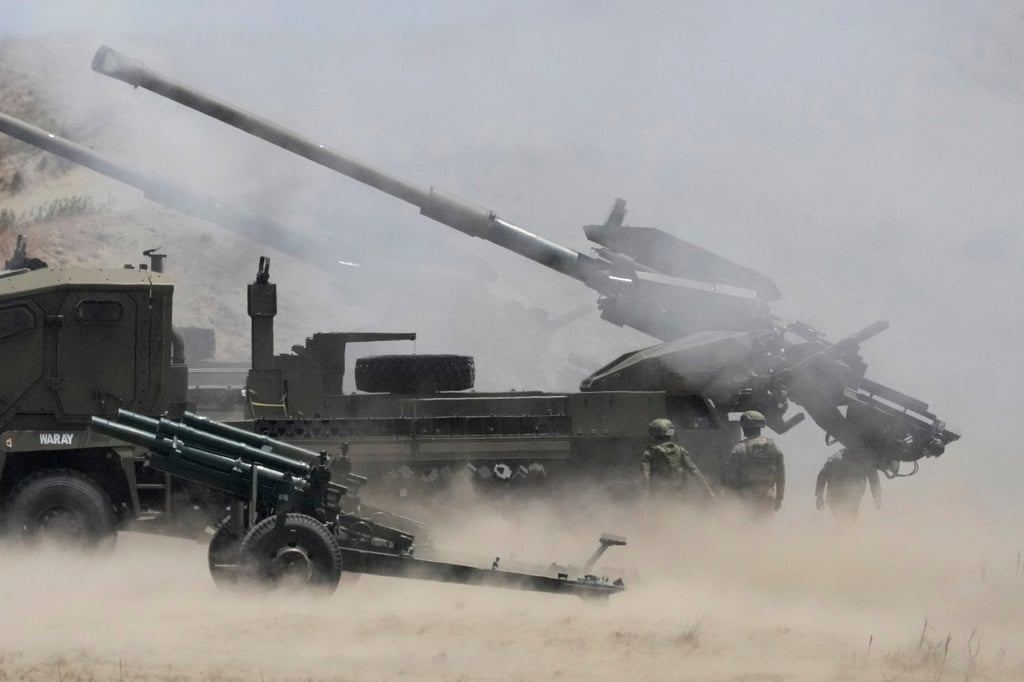
“The US$500 million military aid package from the US is timely as it will alleviate some of the Philippines’ financial restrictions. This assistance should be used to leverage and expedite the procurement of advanced surveillance equipment, increase the number of multi-role vessels to balance China’s presence and purchase aircraft required to maintain security and assert sovereignty in the disputed waters of the South China Sea,” she added.
Gorska also said that the Philippines needed to increase efforts in boosting military exercises with its allies, including the Rim of the Pacific Exercise and Balikatan drills.
“With important allies like the US, Japan, and Australia, these exercises improve operational collaboration and interoperability.”
The spending on such exercises could strengthen the expertise of the Philippine military in emerging areas such as cybersecurity, Gorska added.
The Philippines should also tap the funds to support its diplomatic initiatives involving Asean countries and other regional partners, according to Gorska.
“Funds can be allocated to support regular conferences and cooperative forums, which would help the Philippines and its partners establish stronger unified positions and negotiation strategies in response to China’s maritime activities. This regional united front could urge China to ease its assertiveness in the South China Sea,” she said.
The Philippines, China, Malaysia, Brunei and Vietnam have competing claims in the South China Sea. A tribunal in The Hague ruled in 2016 that Beijing’s claims over the South China Sea through its so-called nine-dash line had no legal basis and recognised Manila’s sovereign rights in the waterway. China, however, has refused to accept the ruling.
Don McLain Gill, a political analyst and lecturer at the Department of International Studies at De La Salle University, said there should be a focus on intelligence gathering systems for better tracking of ships in the West Philippine Sea, Manila’s name for South China Sea waters within its exclusive economic zone.
Gill told This Week in Asia that information-collecting devices were crucial to addressing concerns in the West Philippine Sea and improving the capabilities of the Philippine coastguard and navy to leverage the maritime data gathered.
“We can … [leverage] our partnership with South Korea, Japan and the US in helping us with the right technology. The main area for purchase now is technology because that’s exactly what we need. We need the right technology to supplement the efforts of the coastguard and the navy in the West Philippine Sea,” he added.
Jose Antonio Custodio, a defence analyst and fellow at the Consortium of Indo-Pacific Researchers, said a significant portion of the financial assistance should be allocated towards the Philippine navy to enhance its power projection in the West Philippine Sea.
The Philippine military should also focus on training its personnel to utilise the advanced systems acquired from the funding.
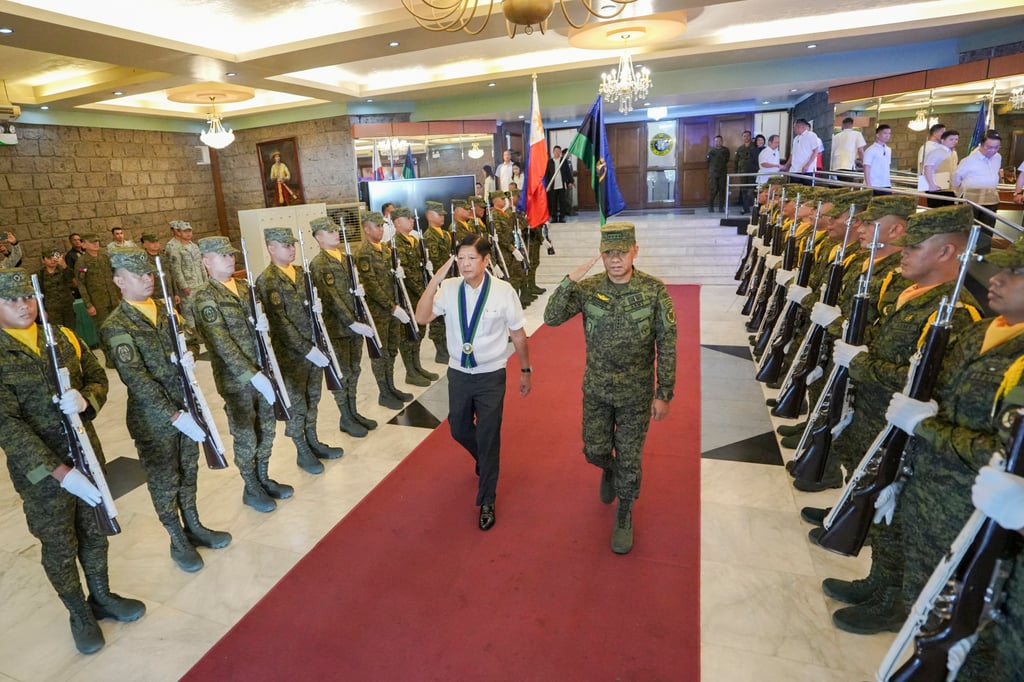
Chester Cabalza, a security analyst and president of the Manila-based International Development and Security Cooperation, said the US funding should be allocated across various Philippine military units to bolster interoperability and counter emerging threats, particularly in the South China Sea.
“It should be invested not only on the improvement of the aerodrome and naval bases and capacity building of the coastguard [but also] for shared intelligence and military technological innovation,” he added.
The funding will also be a big step in boosting the responsibilities of the Philippine military as it partners with its American counterparts to confront new challenges in the Indo-Pacific region through joint exercises, according to Cabalza.
“It means that Manila will play a big role in the US simulation and war games in the region in terms of strategic foresight and decision-making,” he said.

